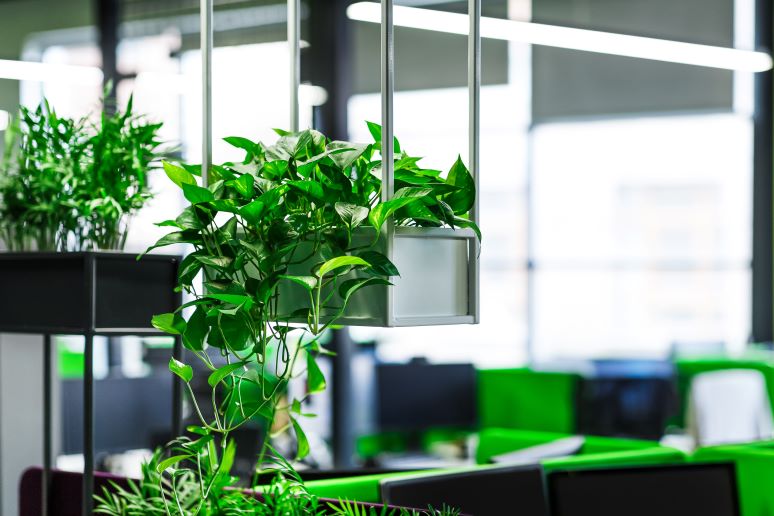The offices we left behind when we flocked home to shelter in place are now scary for many workers. The potential for danger lurks everywhere, from the ventilation systems to the elevator buttons, the meeting room touchpads, and all the colleagues occupying the shared space and breathing the same air.
Yes, business owners and building managers are working to address the issues, but it’s easy to see why anybody who has the luxury of working from home productively and without too much household disruption would express a preference never to return.
Some would say that’s too shortsighted. Bringing people together remains the workplace’s reason for being, and the value of that isn’t going to change, Melissa Marsh, founder and executive director of PLASTARC, a social research, workplace innovation, and real estate strategy firm, and senior managing director - occupant experience for Savills, a global real estate services provider, shared in a recent conversation. The trickle of people returning to the office is expected to turn into a stream with the new year, a re-occupancy target for many companies. Granted, many people won’t be frequenting the office as often as they did pre-pandemic, but “the office is still going to be a place of productivity, a place of sharing and delivering culture, a place of expressing values through amenities,” she said.
Companies that had started down the path of revitalizing office spaces aren’t likely to veer from them moving forward, Marsh added. Based on her work, she called out three trends that were percolating prior to COVID-19 and will carry on post-pandemic. They are:
- Wellness – This is about an individual state, as well as the technical acknowledgement of a building’s role in workers’ health and well-being. “We've always known that that wasn't a passive condition, but it's also been something very much taken for granted, and not measured very much [in terms of] the difference between buildings that are kind of bad for us buildings that are kind of good for us,” Marsh said (see related article, “Your Office Spaces, Certified Healthy,” and our “Mindful Places” series).
- Smart Buildings & User Experience – This is about the technology interface to building systems — the use of mobile devices to pass through security, hail an elevator, or book a meeting room, for example, Marsh said. Whether the original intention or not, smart building technology that can enable lower touch or facilitate contract tracing is now more desirable than ever, she added (see related article, “Software, Sensors Paired for Return-to-Office Enablement”).
- Sustainability & Work-Life Balance – Allowing the earth to “take a breather” and offering commuting employees a chance to strike a better work-life balance are among the oft-touted benefits of working from home. That workers are generally feeling positive about their productivity during this period is a sure sign that flexible work will stay in demand once the crisis has passed, Marsh said.
For trends such as these, Marsh concluded, “This COVID-19 moment in time is an accelerant, not a changing of the course.”




